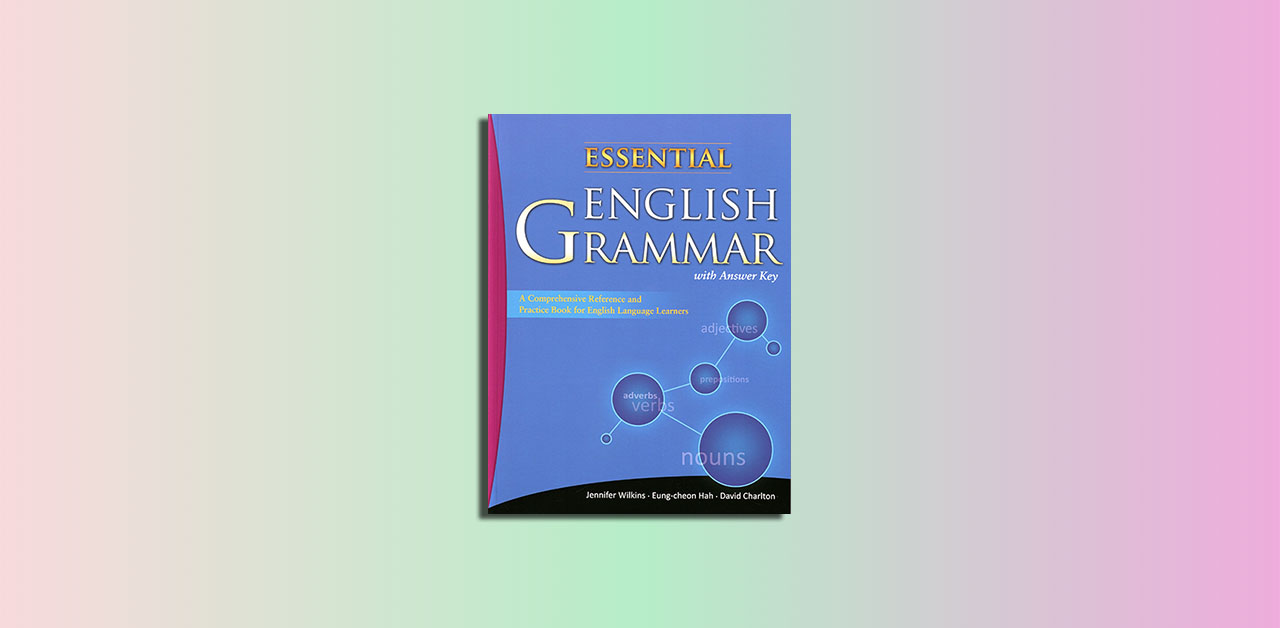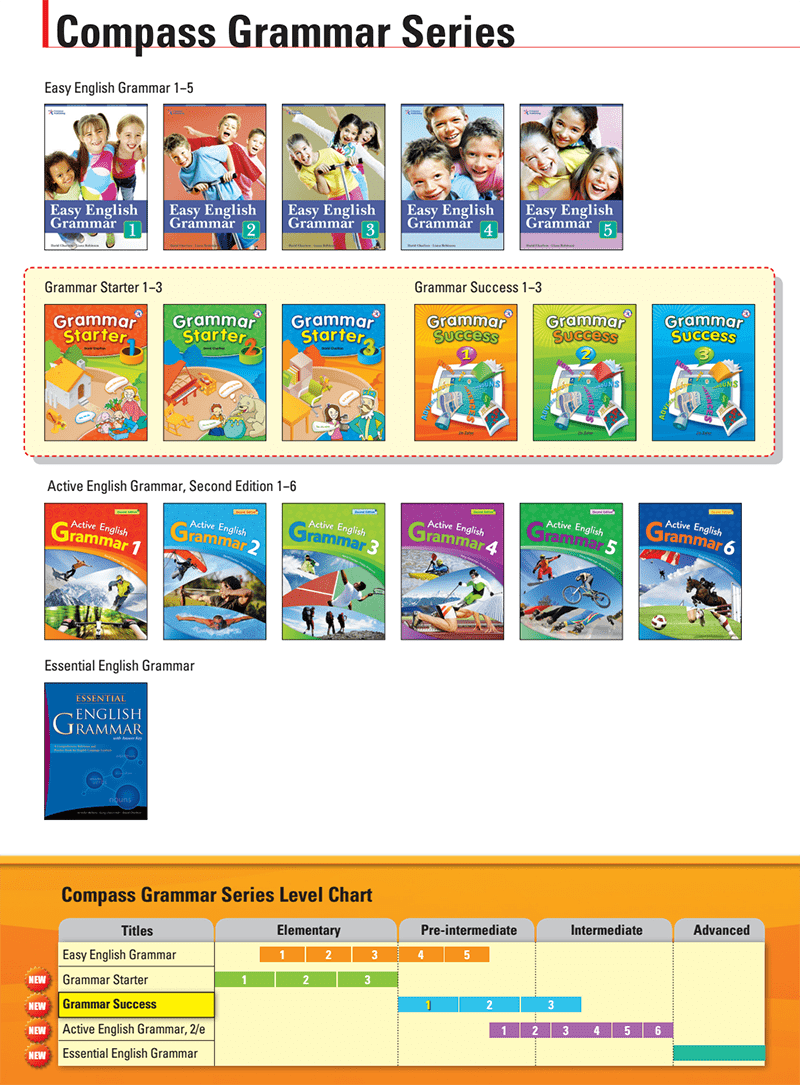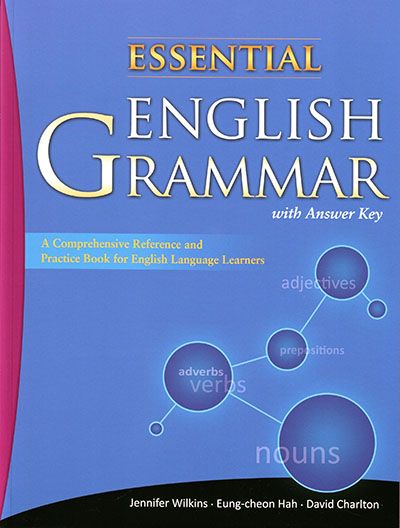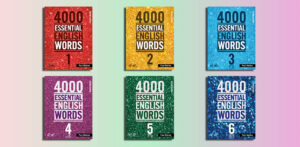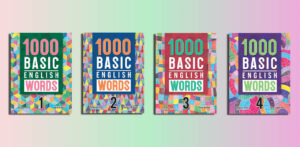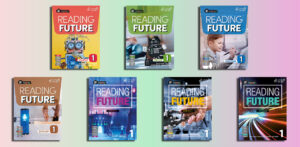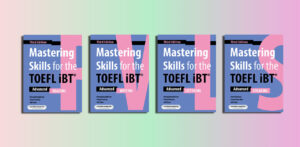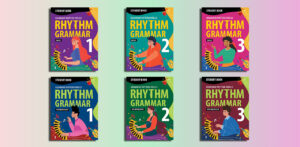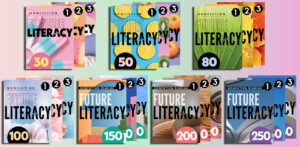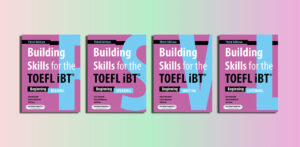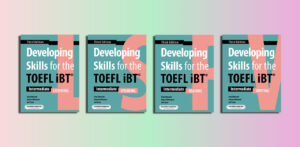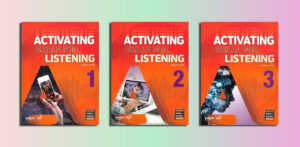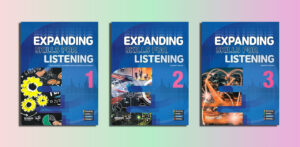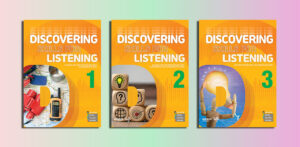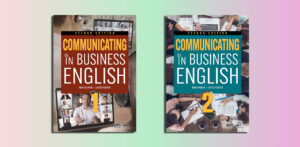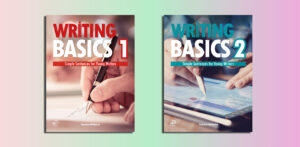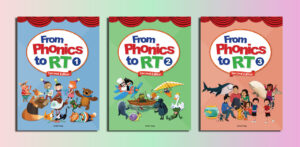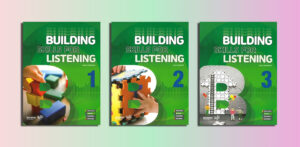Essential English Grammar
Essential English Grammar Student Book.pdf – Sample: Click
Answer Key – Student Book
๏ Easy English Grammar (Pre A1 / A2): Click here
๏ Grammar Starter (Pre A1 / A1+): Click here
๏ Grammar Success (A2 / A2+): Click here
๏ Active English Grammar (A1+ / B2+): Click here
๏ Essential English Grammar (B2+ / C1): Click here
| Name | Price | Buy |
|---|---|---|
| Essential English Grammar (PDFs, Resources) | $5 |
๏ Easy English Grammar (Pre A1 / A2): Click here
๏ Grammar Starter (Pre A1 / A1+): Click here
๏ Grammar Success (A2 / A2+): Click here
๏ Active English Grammar (A1+ / B2+): Click here
๏ Essential English Grammar (B2+ / C1): Click here
Overview of “Essential English Grammar” by Compass Publishing
Contents
| ✅ Coursebook: | Essential English Grammar |
| ✅ Author: | Jennifer Wilkin, David Charlton |
| ✅ Publisher: | Compass Publishing |
| ✅ Level: | B2+, C1 |
| ✅ English type: | International English |
| ✅ For: | Adult, Toeic |
| ✅ Skill: | Grammar |
| ✅ Publication year: | 2010 |
“Essential English Grammar” by Compass Publishing, authored by Jennifer Wilkin and David Charlton, is a comprehensive grammar resource designed for intermediate to advanced English learners (CEFR levels B2+ to C1). Tailored for both self-study and classroom use, it combines clear, reference-style explanations with focused practice activities to help students master key grammar concepts. The book is structured to cover a wide range of topics, from basic sentence components to complex sentence structures, making it a versatile tool for language development.
The student book features easy-to-follow explanations accompanied by examples, diagrams, illustrations, and sample sentences to clarify the form and usage of each grammar point. It includes 90 units, each with activities to reinforce learning, and a complete answer key for self-assessment and progress tracking. The accompanying workbook provides additional practice, brief grammar summaries for quick reference, and review tests modeled after the TOEIC format, offering practical application for students preparing for such exams.
Published by Compass Publishing, a company known for its English language learning materials, this resource emphasizes accessibility and practicality. With 190 pages (ISBN: 978-1-59966-609-9), it’s designed to support learners in building a strong grammatical foundation while enhancing their overall communication skills.
Who is suitable for “Essential English Grammar”?
“Essential English Grammar” by Compass Publishing is suitable for intermediate to advanced English learners, specifically those at CEFR levels B2+ to C1. This makes it ideal for individuals who already have a solid foundation in English and are looking to refine their grammar skills and deepen their understanding of more complex structures. It caters to:
- Self-Learners: The book’s clear explanations, examples, and complete answer key make it an excellent resource for independent study, allowing learners to progress at their own pace and check their understanding.
- Classroom Students: Its structured units and practice activities are well-suited for use in formal educational settings, where teachers can integrate it into lessons to support group learning or assign it as supplementary material.
- TOEIC Test Takers: The workbook’s review tests, modeled after the TOEIC format, make it particularly valuable for students preparing for this exam, offering targeted practice to improve grammar proficiency in a test-relevant context.
- Adult Learners and Professionals: Those aiming to enhance their English for academic, professional, or personal purposes will find the book’s focus on practical usage and advanced grammar beneficial for effective communication.
Overall, it’s designed for learners who are beyond the beginner stage and seeking a comprehensive, accessible tool to master English grammar at a higher level.
Essential English Grammar Student Book
The benefits of “Essential English Grammar”
“Essential English Grammar” by Compass Publishing offers several benefits for intermediate to advanced English learners (CEFR B2+ to C1), making it a valuable resource for improving language proficiency. Here are the key advantages:
- Comprehensive Grammar Coverage: The book addresses a wide range of grammar topics, from foundational elements like sentence structure to advanced concepts such as complex clauses, enabling learners to build a thorough understanding of English grammar.
- Clear and Accessible Explanations: With concise, reference-style explanations supported by examples, diagrams, and illustrations, it simplifies complex grammar rules, making them easier to grasp and apply.
- Practical Application through Practice: The 90 units include targeted activities that reinforce each grammar point, helping learners actively apply what they’ve learned and solidify their skills.
- Self-Study Friendly: The inclusion of a complete answer key allows learners to check their work independently, track progress, and identify areas for improvement, making it ideal for self-directed study.
- Supplementary Workbook: The accompanying workbook provides additional practice, quick-reference grammar summaries, and TOEIC-style review tests, offering extra reinforcement and exam preparation for those targeting standardized tests.
- Versatility: Suitable for both individual learners and classroom settings, it adapts to different learning environments, providing flexibility for students and educators alike.
- Enhanced Communication Skills: By mastering grammar through structured lessons and real-world examples, learners can improve their writing, speaking, and overall fluency, boosting confidence in academic, professional, or personal contexts.
- Focus on Intermediate to Advanced Needs: Tailored to B2+ to C1 learners, it bridges the gap between basic knowledge and advanced proficiency, addressing the specific challenges faced at these levels.
Overall, “Essential English Grammar” equips learners with the tools to refine their grammar, enhance their language accuracy, and achieve greater competence in English, whether for personal growth, education, or career advancement.
Effective learning strategies for “Essential English Grammar”
To maximize the benefits of “Essential English Grammar” by Compass Publishing, learners can adopt the following effective strategies tailored to its structure and content. These approaches suit its design for intermediate to advanced learners (B2+ to C1) and its blend of explanations, practice, and self-study tools:
- Set Clear Goals: Identify specific grammar areas to improve (e.g., verb tenses, conditionals, or sentence complexity) and focus on relevant units. This targeted approach aligns with the book’s 90-unit structure, allowing you to prioritize based on personal or academic needs.
- Follow a Consistent Schedule: Study one or two units daily or weekly, depending on your pace. Consistency reinforces learning, and the book’s bite-sized units make it manageable to maintain regular progress.
- Engage Actively with Explanations: Read the grammar explanations carefully, paying attention to examples, diagrams, and sample sentences. Rewrite or paraphrase examples in your own words to deepen understanding and test comprehension.
- Practice Deliberately: Complete the unit exercises after studying each grammar point. Treat mistakes as learning opportunities—review the answer key, analyze errors, and revisit the explanation to clarify misunderstandings.
- Supplement with the Workbook: Use the accompanying workbook for additional practice. Tackle its TOEIC-style review tests to assess progress and simulate real-world application, especially if preparing for exams.
- Apply Grammar in Context: Beyond the book, write sentences, short paragraphs, or journal entries using the grammar rules you’ve studied. Speaking practice—such as explaining concepts aloud or discussing them with a study partner—further reinforces retention.
- Review Regularly: Revisit completed units periodically to ensure retention. Use the workbook’s grammar summaries as quick refreshers before moving to new topics, building a cumulative understanding.
- Combine with Real-World Exposure: Pair the book with authentic English materials (e.g., articles, podcasts, or conversations). Identify grammar points from the book in these sources to see how they function naturally, enhancing practical usage.
- Track Progress: Keep a log of completed units and exercises, noting improvements or persistent challenges. Use this to adjust your focus and celebrate milestones, maintaining motivation.
- Collaborate if Possible: If in a classroom or study group, discuss tricky concepts with peers or a teacher. Explaining grammar rules to others can solidify your own mastery.
By integrating these strategies, learners can leverage the book’s clear structure, practical exercises, and self-assessment tools to achieve a deeper, more confident command of English grammar. Tailor the approach to your learning style—whether visual, hands-on, or auditory—for optimal results.
Effective teaching strategies for “Essential English Grammar”
Teaching “Essential English Grammar” by Compass Publishing effectively requires strategies that leverage its structured units, clear explanations, and practice-oriented design. Aimed at intermediate to advanced learners (CEFR B2+ to C1), the book suits classroom settings with its 90 units and supplementary workbook. Here are practical strategies for educators:
- Assess and Customize: Start by gauging students’ grammar proficiency through a diagnostic test or discussion. Tailor lessons to their needs, selecting units that address common weaknesses (e.g., complex sentences or modal verbs) while skipping mastered topics.
- Break Down Units: Teach one unit per session (or two for shorter classes), focusing on its grammar point. Begin with the book’s explanation and examples, using the provided diagrams and illustrations to clarify concepts visually.
- Interactive Explanation: Don’t just read the text—engage students by asking questions about the examples (e.g., “Why is this tense used here?”). Encourage them to explain rules in their own words to build comprehension.
- Incorporate Active Practice: Assign the unit exercises as in-class activities. Have students work individually or in pairs, then review answers together using the answer key. Discuss errors as a group to reinforce learning.
- Extend with Real-Life Application: Supplement exercises with contextual tasks—ask students to write sentences, role-play dialogues, or analyze grammar in short texts (e.g., news snippets) using the target rule. This bridges theory and practical use.
- Utilize the Workbook: Assign workbook exercises as homework to reinforce classwork. Use its TOEIC-style review tests as periodic quizzes to track progress and prepare students for exams, discussing results to address gaps.
- Encourage Peer Learning: Pair or group students to teach each other a grammar point from a unit. This peer-teaching method reinforces understanding and builds confidence, leveraging the book’s clear structure.
- Gamify Learning: Turn exercises into games—e.g., a “grammar race” where teams correct sentences or fill blanks fastest. This keeps engagement high, especially for drier topics like prepositions or conjunctions.
- Review and Recycle: Regularly revisit past units through quick warm-ups or mixed-skill activities (e.g., “Spot the grammar in this paragraph”). Use the workbook’s summaries for fast recaps, ensuring retention over time.
- Provide Feedback: Offer specific, constructive feedback on exercises and applications, linking it to the book’s examples. Highlight progress to motivate students and suggest units for extra practice if needed.
By blending these strategies, teachers can make “Essential English Grammar” a dynamic classroom tool, fostering both mastery and practical fluency. Adapt based on class size, student goals (e.g., TOEIC prep), and learning styles for best outcomes.


